The Essential Email Marketing KPIs You MUST Track in 2025
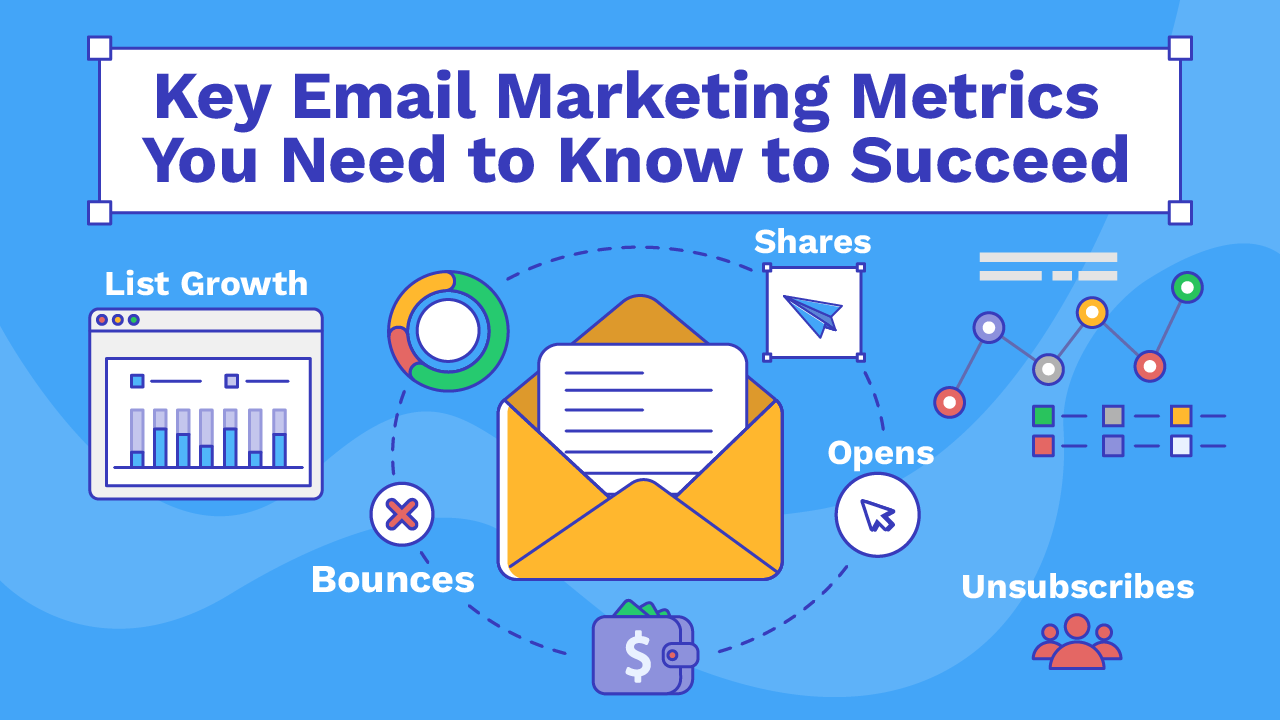
Loading...

Understanding and monitoring email marketing KPIs is crucial for success in today's digital landscape. These email marketing KPIs continue to evolve, with an average return of $42 for every $1 spent according to recent studies. Tracking the right email marketing KPIs isn't just about collecting data - it's about gaining actionable insights that drive improvements. In 2025, mastering these essential email marketing KPIs is more important than ever for achieving email marketing success.
This comprehensive guide to email marketing KPIs explores the critical metrics every marketer needs to track, why they matter, and how to improve them. By focusing on these key email marketing KPIs, you'll be better equipped to evaluate campaign performance and make data-driven decisions to boost your results.
Before diving into specific email marketing KPIs, it's important to understand their strategic role in your marketing efforts. Email marketing KPIs serve as your compass for campaign optimization and success measurement. These essential email marketing KPIs help you:
The importance of measuring email marketing KPIs cannot be overstated – it's about gaining actionable insights that drive improvements. Here's why tracking these email marketing KPIs is crucial for your strategy:
Without tracking the right email marketing KPIs, you're essentially running your campaigns blindfolded, missing opportunities to optimize and grow your results.
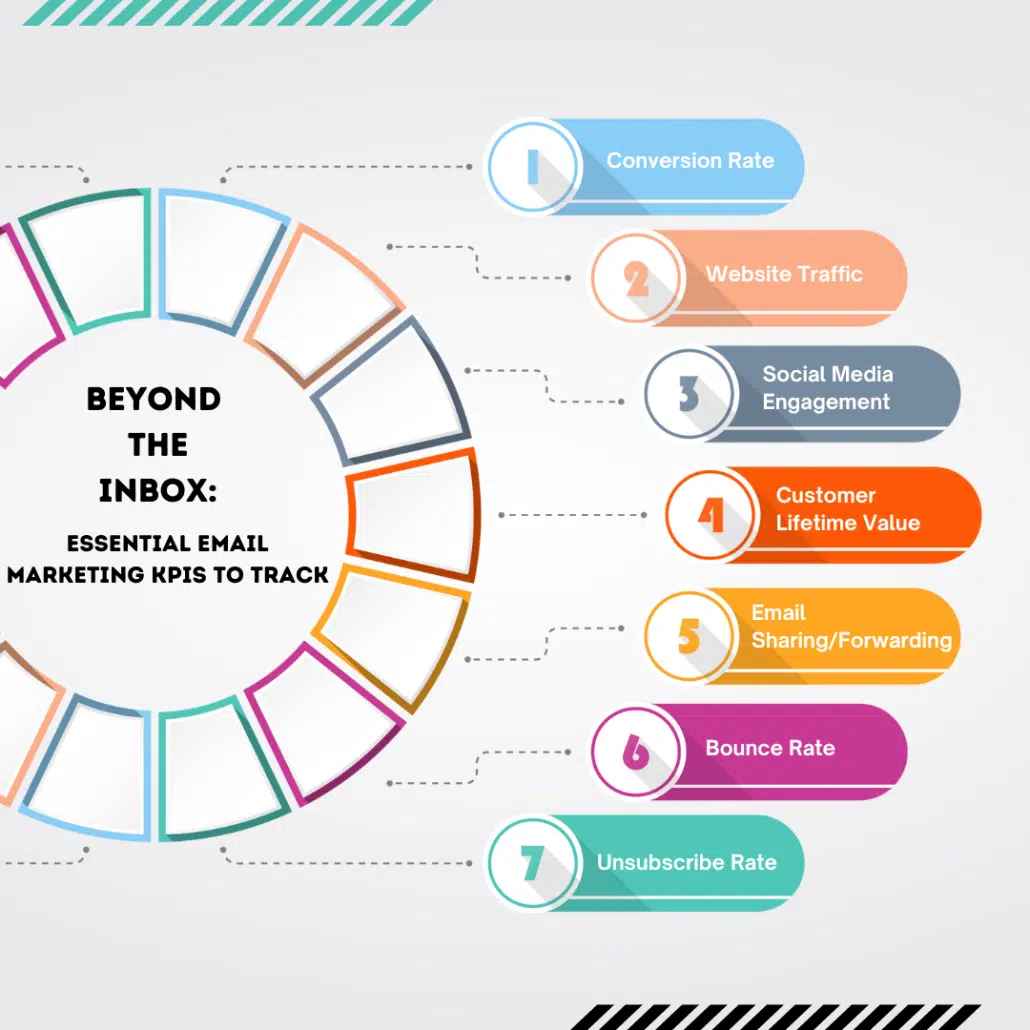
Let's explore each of these critical email marketing KPIs in detail to understand how they contribute to your email marketing success:
What is it? Open rate is one of the most basic email marketing KPIs that measures the percentage of recipients who opened your email.
How to calculate: (Number of Unique Opens ÷ Number of Emails Delivered) × 100
Why it matters: As a core email marketing KPI, open rate indicates how effective your subject lines are at grabbing attention and how interested your audience is in your content.
Benchmark: Industry averages typically range from 15-25%, but aim for improvement against your own historical performance.
How to improve open rates:
Impact of privacy changes: Note that Apple's Mail Privacy Protection may inflate open rates since 2021, as it automatically loads tracking pixels.
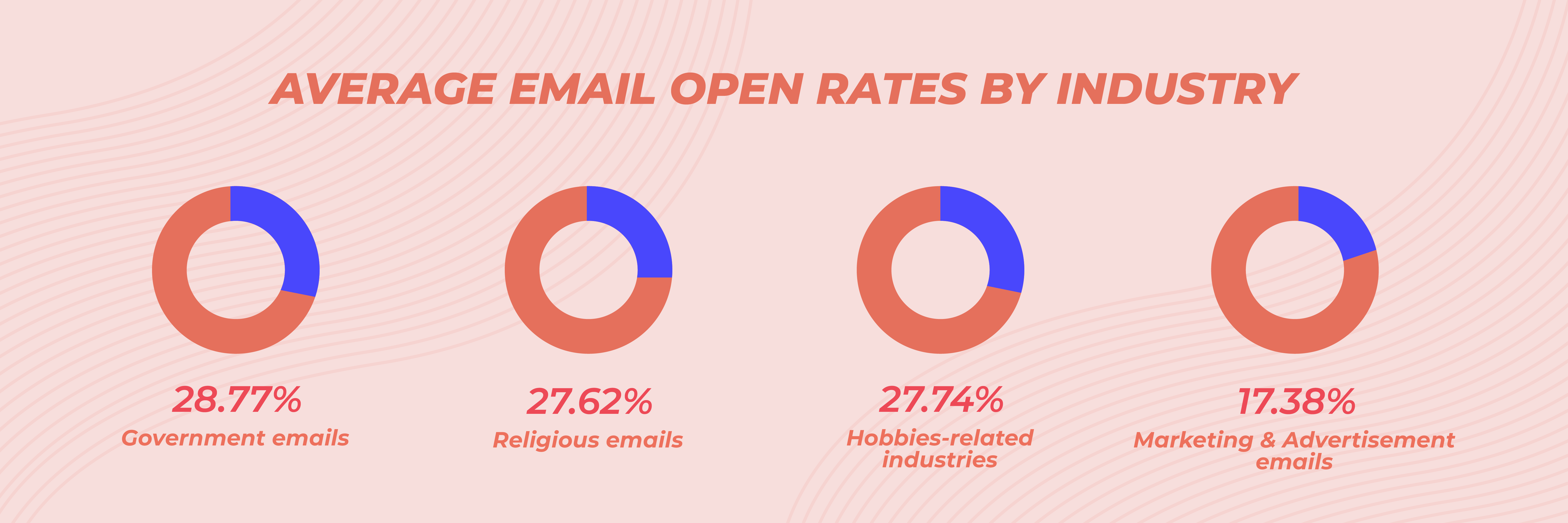
What is it? CTR is one of the key email marketing KPIs that measures recipient engagement through link clicks.
How to calculate: (Number of Clicks ÷ Number of Emails Delivered) × 100
Why it matters: Among all email marketing KPIs, CTR reveals how engaging your content is and how effective your calls-to-action are.
Benchmark: Average CTRs typically range from 2-5%, varying by industry.
How to improve CTR:
What is it? Conversion rate is one of the most important email marketing KPIs for measuring campaign success.
How to calculate: (Number of Conversions ÷ Number of Emails Delivered) × 100
Why it matters: This critical email marketing KPI directly ties email performance to business objectives.
Benchmark: Average conversion rates range from 1-3%, varying by industry and goal type.
How to improve conversion rates:
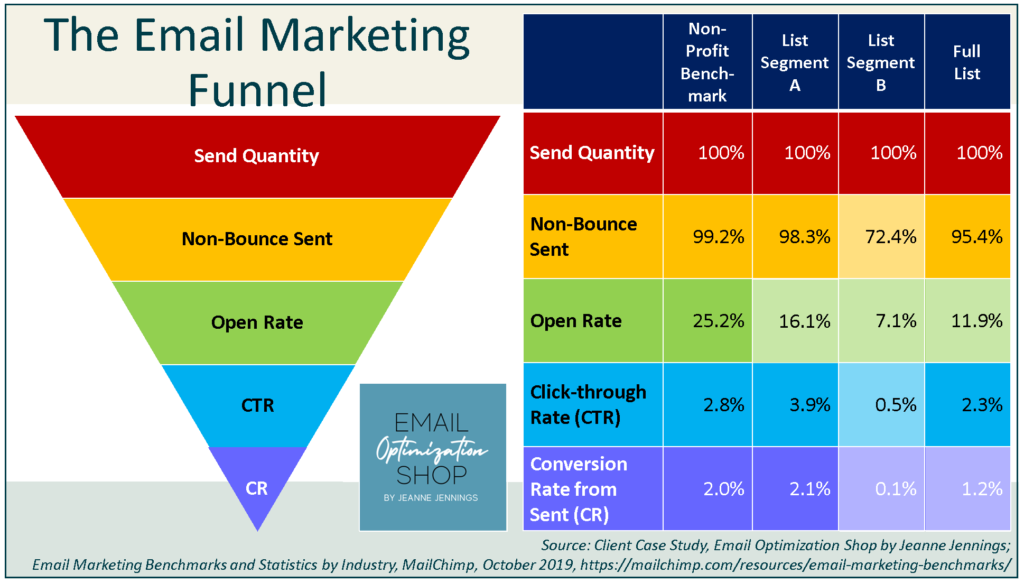
What is it? Among technical email marketing KPIs, bounce rate measures delivery success.
Types of bounces:
How to calculate: (Number of Bounced Emails ÷ Number of Emails Sent) × 100
Why it matters: This email marketing KPI is crucial for maintaining sender reputation.
Benchmark: Keep total bounce rate under 2%, with hard bounces under 0.5%.
How to reduce bounce rates:
What is it? As one of the key email marketing KPIs, unsubscribe rate measures audience retention.
How to calculate: (Number of Unsubscribes ÷ Number of Emails Delivered) × 100
Why it matters: This metric indicates content relevance and audience satisfaction. High unsubscribe rates signal problems with content, frequency, or audience targeting.
Benchmark: Keep unsubscribe rates below 0.2% per campaign.
How to reduce unsubscribes:
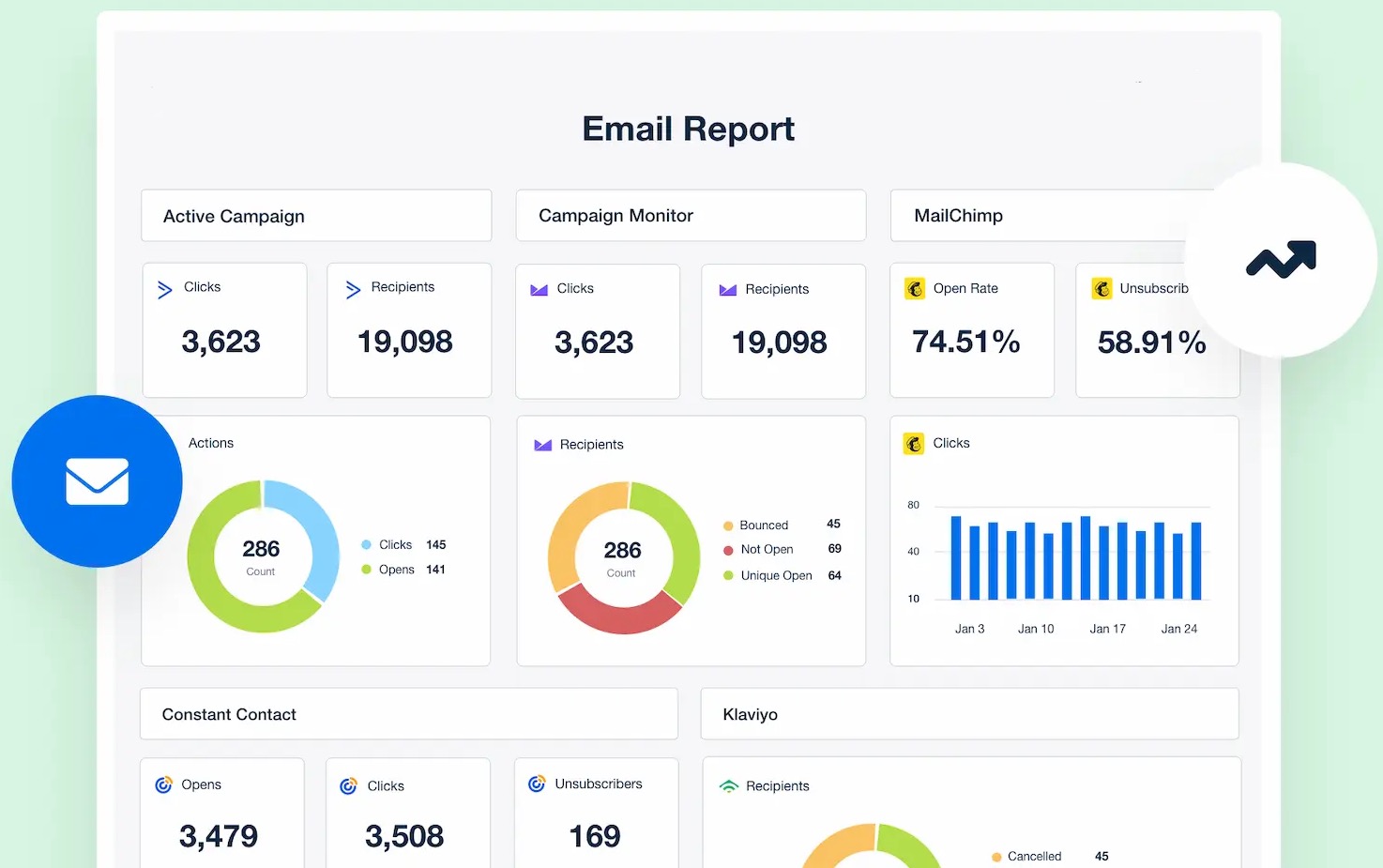
What is it? List growth rate is one of the strategic email marketing KPIs measuring audience expansion.
How to calculate: [(New Subscribers - Unsubscribes) ÷ Total Subscribers at Start of Period] × 100
Why it matters: Email lists naturally decay by 20-30% annually. A positive growth rate ensures you're gaining more subscribers than you're losing.
Benchmark: Aim for consistent positive growth (industry benchmarks vary widely).
How to improve list growth:
What is it? Among critical email marketing KPIs, spam complaint rate measures recipient trust.
How to calculate: (Number of Spam Complaints ÷ Number of Emails Delivered) × 100
Why it matters: High complaint rates severely damage sender reputation and can get your domain blacklisted.
Benchmark: Keep complaint rates below 0.1% (ideally under 0.05%).
How to reduce spam complaints:
What is it? This engagement-focused email marketing KPI measures content virality.
How to calculate: (Number of Forwards/Shares ÷ Number of Emails Delivered) × 100
Why it matters: High forwarding rates indicate highly valuable content that recipients want to share, potentially expanding your reach organically.
Benchmark: Any measurable sharing rate is positive (most emails aren't shared).
How to improve sharing:

What is it? ROI is the most important of all email marketing KPIs for measuring campaign value.
How to calculate: [(Revenue Attributed to Email - Cost of Email Campaign) ÷ Cost of Email Campaign] × 100
Why it matters: ROI demonstrates the business value of your email marketing efforts and justifies continued investment.
Benchmark: Email marketing typically generates 30-40x ROI ($30-$40 for every $1 spent).
Related metric: Revenue Per Email (RPE): Total revenue generated ÷ Number of emails sent
How to improve email ROI:
Successfully monitoring email marketing KPIs is only valuable when you use the data to inform your strategy. Here's how to analyze your email marketing KPIs effectively:
Individual email marketing KPIs tell part of the story, but their relationships reveal deeper insights:
Examine how metrics change over time rather than focusing on single campaign results:
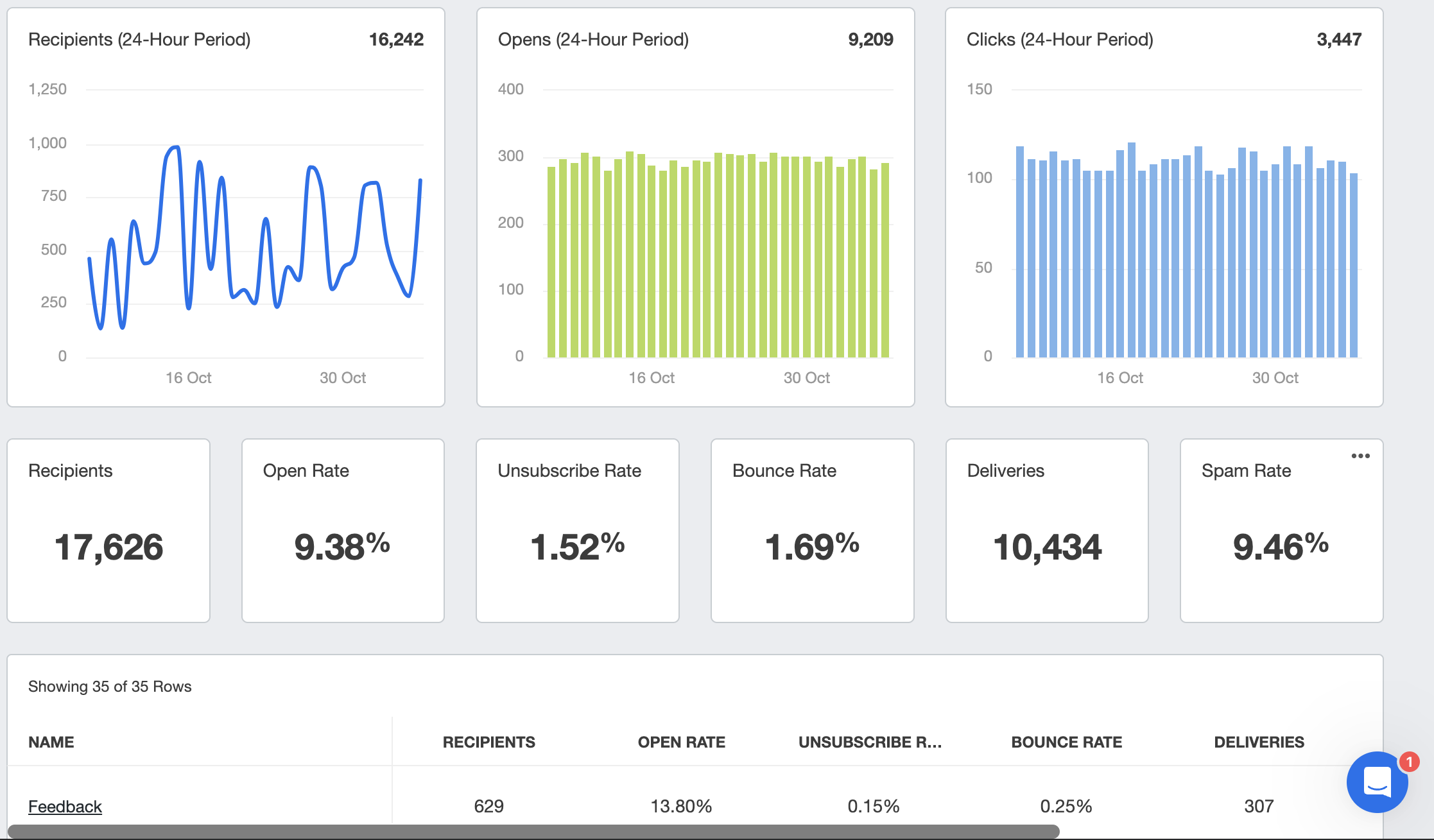
Most email service providers (ESPs) offer built-in analytics for tracking standard KPIs. Popular options include:
For conversion tracking and advanced analysis:
As you implement your KPI tracking strategy, watch out for these common pitfalls:
The issue: Getting overwhelmed by data without actionable insights Solution: Focus on KPIs that align with your specific goals
The issue: Looking at aggregate metrics can hide important segment-specific insights Solution: Analyze performance by subscriber segments, email types, and customer journey stages
The issue: Prioritizing high-visibility metrics (like list size) over performance metrics Solution: Emphasize KPIs that connect directly to business objectives
The issue: Missing optimization opportunities for the 60%+ of users reading email on mobile Solution: Track device-specific metrics and optimize accordingly
The issue: Collecting data without using it to drive improvements Solution: Implement regular A/B testing based on KPI insights
The ultimate value of tracking email marketing KPIs comes from implementing what you learn. Here's how to turn your email marketing KPIs into action:
Establish a regular cadence for reviewing your email marketing KPIs performance:
Use the 80/20 principle to focus on changes with the biggest potential impact:
Design A/B tests that target specific KPIs:
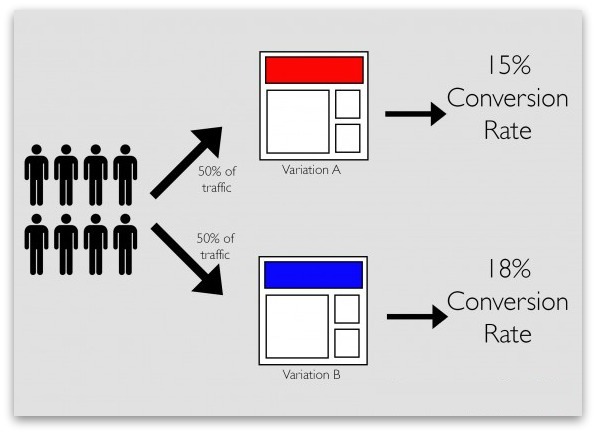
Tracking and optimizing the right email marketing KPIs is essential for campaign success in 2025 and beyond. By understanding and acting on these nine critical email marketing KPIs, you'll gain insights that drive continuous improvement in your email marketing strategy.
Remember that email marketing KPIs are tools for improvement, not just numbers to report. Use these metrics to inform strategic decisions, test new approaches, and consistently deliver more value to your subscribers.
Start by establishing your baseline for each KPI, set realistic improvement goals, and implement a systematic approach to testing and optimization. With consistent attention to these essential metrics, you'll transform your email marketing from a broadcast channel to a precision instrument for engaging customers and driving business results.
What email marketing KPI do you find most challenging to optimize? Share your experiences and questions in the comments below!
Q: How frequently should I review my email marketing KPIs? A: Review campaign-specific KPIs immediately after sending, while broader trends should be analyzed monthly or quarterly.
Q: Which email marketing KPI is most important? A: The most important KPI depends on your specific goals. For revenue generation, focus on conversion rate and ROI. For engagement, prioritize open and click-through rates.
Q: How do Apple's privacy changes affect email KPIs? A: Apple's Mail Privacy Protection affects open rate accuracy by pre-loading tracking pixels. Focus more on click-through rates and conversions as more reliable engagement metrics.
Q: Should I remove inactive subscribers who never open emails? A: Yes, but first try a re-engagement campaign. If subscribers remain inactive, removing them improves deliverability and provides more accurate metrics.
Q: How do email marketing KPIs differ for B2B versus B2C? A: B2B typically has lower open rates but higher CTR and conversion values, while B2C often has higher open rates but lower average order values. Benchmark against your industry specifically.
When analyzing your email marketing KPIs, consider these advanced approaches:
Different segments may show varying email marketing KPIs performance. Analyze each segment separately.
Track how your email marketing KPIs change over time to identify patterns.
Benchmark your email marketing KPIs against industry standards and your historical performance.
To effectively monitor your email marketing KPIs, you need the right tools:
To maximize the value of your email marketing KPIs:
Regular Email Marketing KPIs Review
Email Marketing KPIs Documentation
Email Marketing KPIs Team Training
As we look ahead, these email marketing KPIs will continue to evolve: